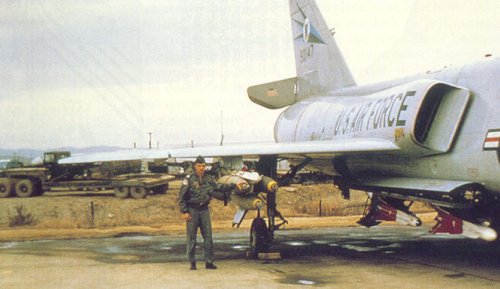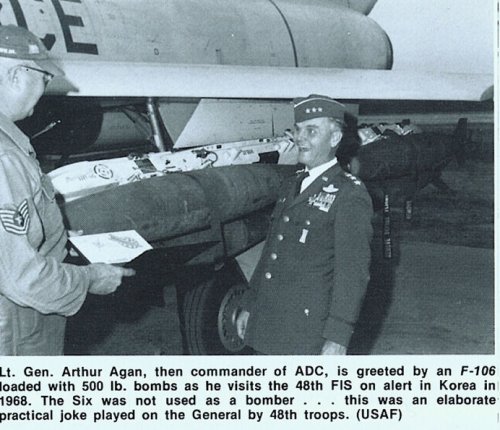The Fairey Delta II was completely unfit as a combat aircraft; it was designed as an experimental aircraft for aerodynamic research. The Mirage I / III was designed from the very beginnig as a production combat aircraft. The Delta II wing was mid-set, which resulted in heavy half-ring frames as center section wing root attachments; the Mirage I/III has a low wing and an almost completely flat undersurface that lent itself to external stores carriage and resulted in a light and stiff structure, from tip to tip.. The Fairey Delta II had its engine very much forward, just behind the intakes, probably as a way to avoid internal aerodynamic issues with the air-ducts . As a result, there was a long connecting pipe between engine and reheat. Basically, the Delta II fuselage was full of engine and hot gases; no room left for fuel. BTW Fairey's submission to F.155T was even worse. This seems to have been an illness of English or English-inspired designs of this era (just consider the CAC P.123). The Mirage I/III had its engine as far to the rear as possible in relation with CoG requirements and necessary length for engine+reheat (and SNECMA was very good at short and efficient reheats), making way for a large fuselage tank around the air-ducts. Because of its mid-wing, the Fairey Delta II undercarriage was tall, with long (and heavy legs), and because the engine occupied the fuselage where the main gear might have retracted, it had to retract mainly in the wing undersurface, including the (narrow) wheels, thus spoiling futher wing area and internal volume for fuel and stores. The Mirage I/III main gear was shorter and its normal-sized wheels retracted in the fuselage, underneath the engine. Finally the Delta II had fixed-geometry intakes that would have needed major redevelopment to be made more efficient as required by a combat aircraft, whereas the Mirage III had the ONERA moving half-cone intakes that provided a very effective variable geometry intake at little weight, volume or cost. All the stories of the Mirage I/III having been copied from the Fairey Delta II are just b...s... produced by envious non-engineers or agenda-driven people.


